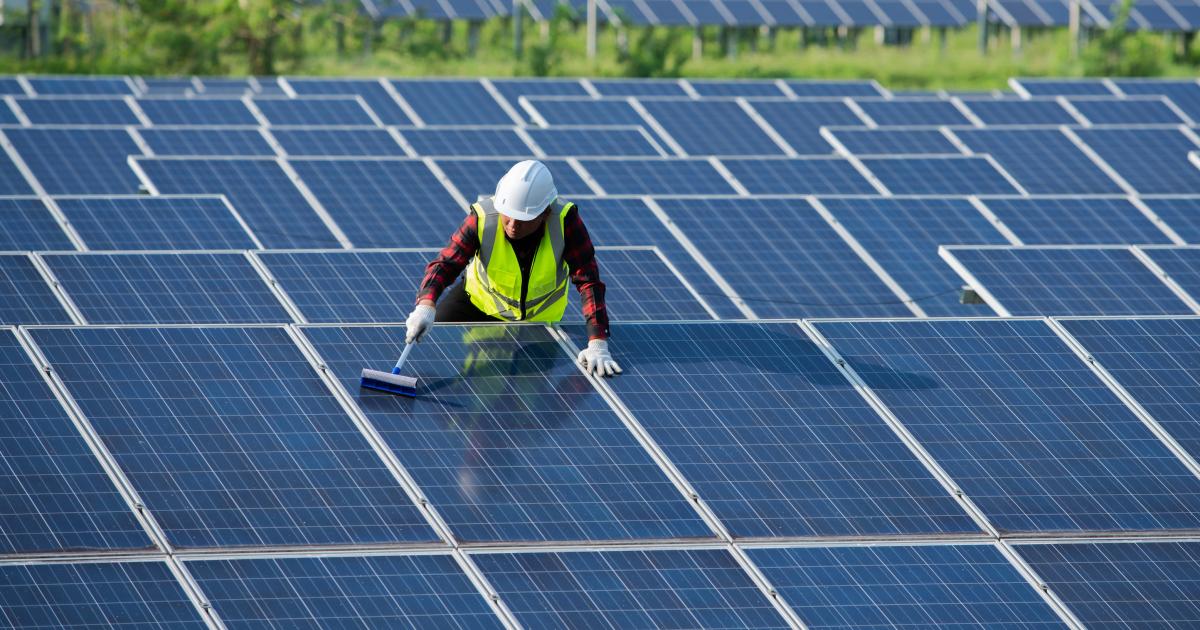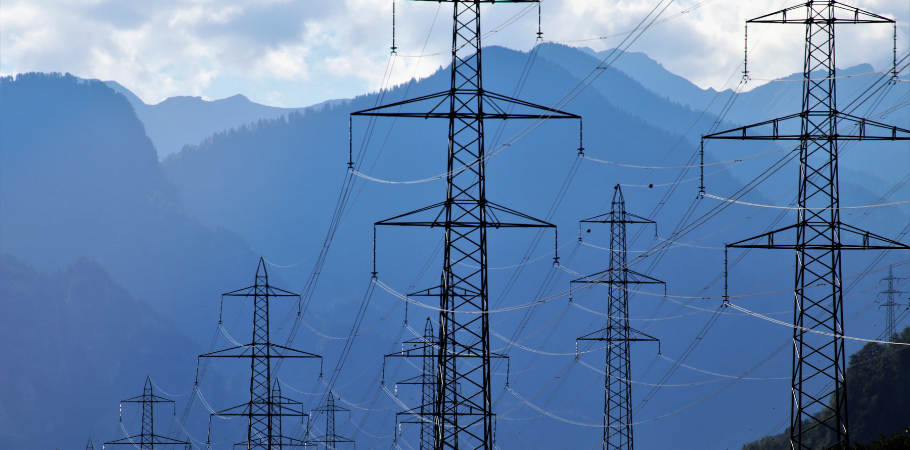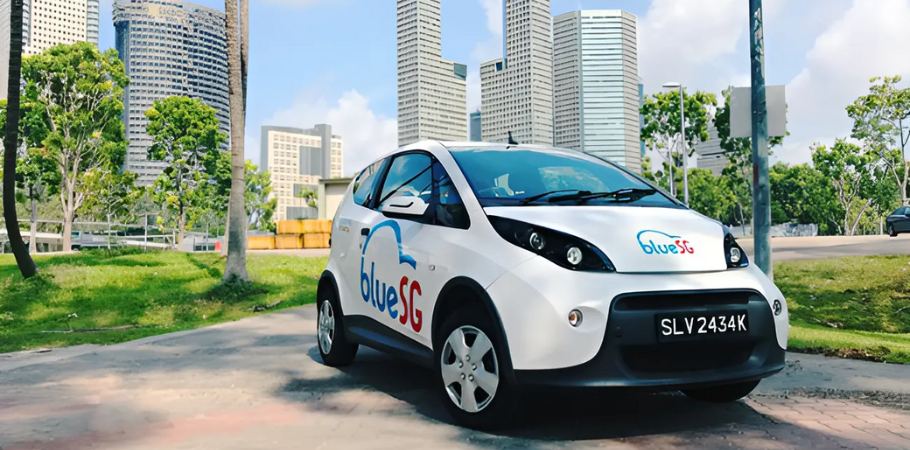
Southeast Asia is on a rapid development trajectory, but this growth comes with significant challenges in transitioning to a low-carbon economy. This article explores the key obstacles hindering decarbonization efforts in the region.
Definition of Decarbonization
From politicians’ speeches to policy documents and media reports, the terms ‘low-carbon’, ‘net-zero’, ‘carbon neutral’, and ‘decarbonization’ have been making their way into climate discussions in Southeast Asia.
However, the concept of decarbonization is still not widely grasped in Southeast Asia, and translating it accurately into local languages proves difficult, if not entirely impossible. Without a standard definition, the processes, means and measures of successful decarbonization will be difficult.
Therefore, climate experts now focus on measuring decarbonization by the amount of greenhouse gases (GHG) removed from the atmosphere, aligning with global temperature targets.
Southeast Asia ’s Contribution to Global GHG Emissions
Historically, Southeast Asia is one of the lowest GHG emitting regions in the world. From 1990 to 2019, the region’s contribution to global GHG emissions was less than 7% but its net emissions expanded exponentially during the same period.
Current projections estimate that ASEAN’s CO2 emissions per capita will increase by 139% between 2015 and 2040. While Southeast Asia boasts of its low emissions now, this claim will become meaningless in the face of its booming population and economy.
Fueled by this rapid growth, industries, agriculture, consumption habits, and all the activities typical of middle-class societies will inevitably lead to a rise in greenhouse gases emissions. Clinging to the right to develop without contributing to decarbonization efforts will leave Southeast Asia in a precarious position in the coming decades.
One of the largest contributors to Southeast Asia’s carbon emissions is the electricity generation sectors. While the region has abundant resources like coal, oil, and gas, it’s also blessed with renewable options like hydropower, solar, geothermal, and even wind in some areas.
However, the heavy dependence on fossil fuels creates a challenge for governments transitioning to cleaner energy sources. One significant reason is the continued use of fossil fuel subsidies, implemented to ease poverty and hardship, especially during economic struggles.
The Obstacles To Decarbonization in Southeast Asia Country
1. Poor Energy Infrastructure
Southeast Asia’s aging energy infrastructure throws a wrench in its plans for renewable energy. Existing power grids aren’t equipped to handle the fluctuating nature of solar and wind power, which can cause disruptions in the long run.

Vietnam, for example, experienced a solar boom in recent years and expanded its solar capacity 200-fold from 85 MW in 2017 to nearly 17,000 MW in 2021.
2. Electrification of Transportation
Electrification of the transportation sector has also been dominating the discourse in Southeast Asia as proof of intention to decarbonise.
Transportation is a key contributor to GHG emissions in the region. In recent years, countries have begun championing a shift to adopt electric vehicles (EV). Thailand is now leading the EV race in Southeast Asia followed by Indonesia and Singapore. The ASEAN EV market is projected to grow from US$500 million in 2021 to US$2.7 billion in 2027.
Generous EV incentives have attracted Japanese and Chinese carmakers to the region. This discourse carries a dominant economic imperative as Southeast Asia has a strong automotive manufacturing base in countries like Thailand, Indonesia and Malaysia.

Pivoting to the production of EVs is therefore very attractive as a means to maintain global competitiveness in the automotive markets.
Electrifying transportation can improve air quality, but it won’t reduce greenhouse gas emissions unless the power generation sector itself decarbonizes. In other words, swapping gasoline for electricity is only part of the solution.
3. Agriculture, Land-Use Change, And Forestry
Agriculture, land-use change, and forestry is another large contributor of GHG emissions in ASEAN.
Six out of ten ASEAN member states – Cambodia, Indonesia, Laos, Myanmar, Philippines and Vietnam – are bulk commodity and agricultural producers that are heavily reliant on the sector for economic development and growth.
Decarbonizing rice production in Southeast Asia presents a particularly daunting challenge. There are three main reasons for this difficulty:
Deeply ingrained practices: Changing the way farming has been done for generations is a significant hurdle.
Limited incentives: Farmers lack sufficient economic motivation to adopt new methods.
Weak institutional support: Governments and organizations don’t provide enough resources and guidance.

The sheer number of smallholder farmers (over 100 million) further complicates decarbonization efforts. For example, flooding rice paddies, a traditional practice, creates high methane emissions. While the Alternate-Wet-Dry (AWD) technique can significantly reduce these emissions, scaling it up across the region has proven extremely difficult.
4. Limited Access To Financial Resources And Technology
A 2022 regional climate survey found that over 50% of Southeast Asians consider insufficient financial resources the biggest hurdle.
Without adequate funding, developing and deploying clean energy infrastructure (solar panels, wind turbines) becomes challenging. Additionally, access to cutting-edge clean technologies might be limited.
5. Limited Public Awareness
Public support is crucial for policy changes and encouraging individual actions (e.g., energy conservation) that contribute to decarbonization goals.
6. Limited Regional Cooperation and Coordination
The International Energy Agency highlights the need for stronger regional collaboration on energy policies to facilitate a smoother energy transition.
Disjointed policies and regulations across Southeast Asia can create inefficiencies and hinder the development of a unified approach to decarbonization. Regional cooperation can lead to knowledge sharing, joint infrastructure projects, and standardized regulations.
7. The Lack Of Political Will And Leadership in Southeast Asia
The most significant barrier to Southeast Asia’s decarbonization efforts might be the lack of political will and leadership.
Unlike other regions, Southeast Asia hasn’t seen a strong rise in green political movements. Politicians are hesitant to champion a long-term issue like climate change, fearing it could jeopardize their careers, especially when it comes to finding a balance between economic growth and environmental action.
However, a changing demographic might force a shift. Younger generations, increasingly concerned about climate change, are becoming a more prominent voting bloc. Politicians who ignore these concerns may face consequences in the future.
In conclusion
To achieve a significant breakthrough in decarbonization, countries must redouble their efforts in this area, particularly in key industries.
Despite the numerous obstacles to decarbonization in the current climate, it is only a matter of time before countries and their companies begin to prioritize environmental consciousness if they act now.
See more: How Different Engineers Drive Decarbonization


